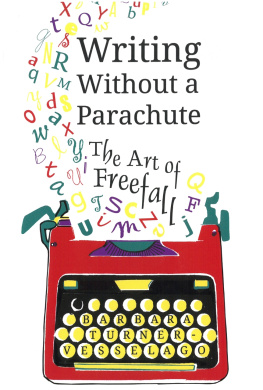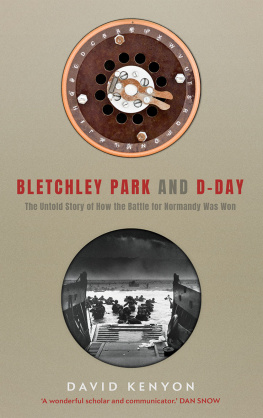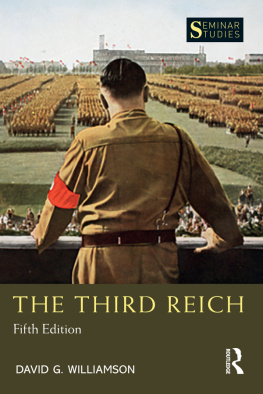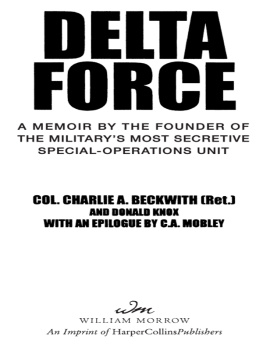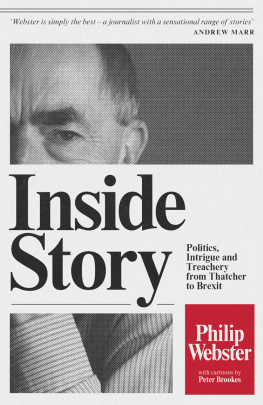
aSOHfliAIV a N3
H31S93M
aiAHOVHVd
l (iKIISJ :l!J ifiTTW Jl!J.(iRV /W
ifi |!KiW (W5IW W
BOSTON PUBLIC LIBRARY Copley Square Boston, IviA 02116
PRAISE FOR DAVID KENYON WEBSTER'S CLASSIC WORLD WAR II MEMOIR
PARACHUTE INFANTRY
I never had the privilege of meeting David Kenyon Webster, but I admire him without stint He was a good soldier and a wonderful writer, one of the brave thousands of American combat infantrymen who helped win the war and thus preserve our freedom, and one of those very few with the talent and energy to write about the war in a way to help those of us who came later to understand it.
Stephen Ambrose (from the Introduction)
I join Stephen Ambrose in recommending this book to anyone of any age with an interest in the exploits of the airborne forces and ground combat in the European Theater of Operations, as told by a truly gifted narrator.
Clay Blair, The Washington Post Book World
[PARACHUTE INFANTRY] merits a place among the classic accounts of men in battle.
Page Smith
In this first-rate, skillfully written soldiers story, Webster achieves a perfectly pitched sad sack sarcasm that is an authentic witness to the combat experience. The best of 1994s D-Day anniversary books.
Booklist
t
.........
PARACHUTE
INFANTRY
David Kenyon Webster

b a c k s
Delta
An American Paratrooper's Memoir of D-Day and the Fall of the Third Reich
A Delta Book Published by Dell Publishing a division of Random House, Inc.
1540 Broadway New York, New York 10036
Copyright 1994, 2002 by Trustees of the Embree Family Trust Letters copyright 2002 by David Kenyon Webster
Cover design by Roberto de Vicq de Cumptich Cover photograph by Carl Rosenstein
Book design by Virginia Norey
Unless otherwise noted, all illustrations are from the author's personal collection, now in possession of Mrs. Charles B. Embree, Jr.
Photograph on page v, The American Cemetery in Normandy by Virginia Norey.
Portions of Chapter 1 first appeared in somewhat different form as The Night Before D Day, Saga (October, 1959). Portions of Chapter 4 first appeared in somewhat different form as We Drank Hitler's Champagne," Saturday Evening Post, May 3, 1952, and are reprinted with permission.
All rights reserved. No part of this book may be reproduced or transmitted in any form or by any means, electronic or mechanical, including photocopying, recording, or by any information storage and retrieval system, without the written permission of the Publisher, except where permitted by law. For information address: Louisiana State University Press.
Delta is a registered trademark of Random House, Inc., and the colophon is a trademark of Random House, Inc.
LIBRARY OF CONGRESS CATALOGING-IN-PUBLICATION DATA Webster, David Kenyon, d. 1961.
Parachute infantry: an American paratroopers memoir of D-Day and the fall of the Third Reich / David Kenyon Webster.Rev. ed.
p. cm.
A Delta book.
Contains letters home from the author.
ISBN 0-385-33649-7
1. Webster, David Kenyon, d. 1961. 2. World War, 1939-1945 CampaignsFranceNormandy. 3. United States. Army. Parachute
Infantry Regiment, 506th. Company EHistory. 4. World War,
1939-1945Personal narratives, American. 5. SoldiersUnited StatesBiography. 6. Normandy (France)History, Military. I. Title. D762.N6 W43 2002 940.54'2142dc21 2002067265
Reprinted by arrangement with Louisiana State University Press Manufactured in the United States of America
Published simultaneously in Canada
November 2002
ACKNOWLEDGMENTS
Most of this book is based on letters written during the war and on recollections put down at length right after the war. Whenever possible, the facts were verified in histories of the period, especially Leonard Rapport and Arthur Northwood, Jr.s Rendezvous with Destiny: A History of the 101st Airborne Division (New York, 1948). The United States Army was quite helpful, providing maps, photographs, and historical works. Special thanks are due Pat Christenson, Bob Rader, Virginia and Leonard Rapport, Burr Smith, and Hans Wesenhagen.
INTRODUCTION
Stephen E. Ambrose
David Kenyon Webster may have been the only Harvard English lit major who volunteered for the parachute infantry and who then fought through the campaign in northwest Europe as a combat infantryman. He didnt have to do it. His family was moderately wealthy and had influence, so he could have had a commission if he had wanted one, or a cushy job far behind the front lines. But he wanted to see the war firsthand, to be a participant, to do his part in crushing Hitler and the Nazis. He insisted on fighting from a foxhole rather than typing up reports at Company Headquarters or handing out footballs and baseballs at a rest area in the rear.
His motives for insisting on being a member of a parachute infantry regiment went beyond patriotism. Webster wanted to be a writer. Heavily influenced by the literature of World War I, he wanted to experience and then describe combat. He had a flair for writing, a keen sensitivity, and a well-developed ability to observe and comment. With those talents, and using the perspective of a paratrooper, he produced an outstanding memoir of the war. It is rich in detail and rewarding in its revealing anecdotes about men at war. Webster is scathing in his denunciation of officers who were chickenshit, whether in barracks or on the front lines. He is full of heartfelt praise for noncoms and enlisted men who did their jobs. He is honest about the actions of his fellow soldiers, in camp, in combat, as conquerors.
Websters book has all the features that make for a classic wartime memoir. He describes training; the relationships that develop within a squad, platoon, and company; the first combat jump into Normandy; the experience of killing and getting shot at (and hit); attitudes toward civilians, whether friendly as in France and Holland or unfriendly as in Germany; grousing about the army and its ways; and more. Webster manages to show us the general and the particular, the universal experience and the unique detail, in a flow of words that the most professional writer would envy.
Overall, I recommend this memoir to anyone who wants to know more about World War II, about combat, about being a paratrooper, about discovering oneself and being involved when the whole world was being tested and threatened. It brings back a place and a time, a sense of commitment, the feeling of we are all in this together as the United States and her allies fought for freedom.
MOST GIs IN World War II found that their service in the army was a broadening experience. Webster was no exception. The soldiers met men they never would have known otherwise, men from all over America, men from different economic, social, and ethnic backgrounds. In the novels about the war, the typical squad is made up of a Jew from New York, an Indian from Montana, a Swede from Minnesota, a Pole from Chicago, a Cajun from New Orleans, and so on. At the beginning of the novel, they hate one another. The shared misery of training pulls them together, as does the common hatred of their drill instructors and junior officers. Combat strengthens the bond, to the point that they become a band of brothers, trusting and loving one another as they had never before trusted or loved anyone. And the truth is that this happened in fact before it was written up as fictionin this case at least art truly imitated life.


